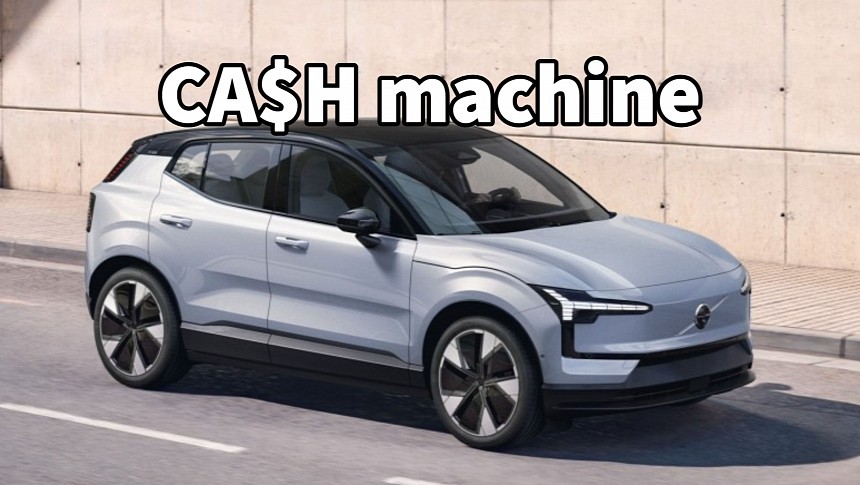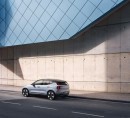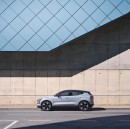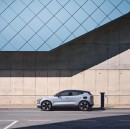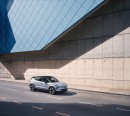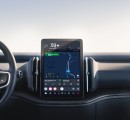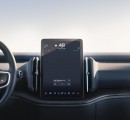After several months of teasers and suspense, Volvo unveiled the EX30 small crossover on June 7, with a US selling price of $35,000. Despite its affordable price, Volvo claims that EX30 will become the most profitable model in the lineup.
As the electric-vehicle market matured, carmakers mainly focused on big, luxurious EVs like the GMC Hummer EV or Rivian R1S. That's where the big money is, they thought, although the bet appears to backfire. For instance, Lucid Motors is having difficulty finding buyers for the $100,000 Air sedan. With the high interest rates and uncertainty, the market conditions simply don't favor extravagant spending anymore. It's time for carmakers to diversify at the lower end of the market and make more affordable EVs.
This is where Volvo surprised everyone with its EX30 small crossover. Volvo was never a volume or affordable brand, yet the EX30 has a price that undercuts the competition by a margin. At $35,000, it's the cheapest EV money can buy, except the Chevrolet's Bolt EV/Bolt EUV pair. Still, we're not talking about a crippled EV with ancient technology that barely has enough range to go to the supermarket and come back home. It's a state-of-the-art EV with supercar-like performance, outstanding safety, and packed with features and technology.
Many thought Volvo would lose a lot of money on the EX30, just like every other traditional carmaker, but they'd be wrong. Akhil Krishnan, head of Volvo's small car programs, told Automotive News that Volvo EX30 would have a 15 to 20 percent gross profit margin. Volvo can achieve this by leveraging Geely's shared platform, cost reductions, and supply-chain optimizations.
The EX30 is made in China using Geely's Sustainable Experience Architecture (SEA) platform shared with other models and brands within the group. It will undoubtedly prove a bestseller and, given its margins, will help Volvo lift the operating margins to 8 to 10 percent by mid-decade from about 6 percent currently.
Despite the bold prediction, industry analysts are skeptical that Volvo will make unheard-of profits on the EX30 from the get-go. All carmakers, except Tesla, have complained about the high costs of developing electric vehicles. Everyone is losing money while hoping the present-day losses will afford future gains. Or that the EV madness will fade away, and they can go back to business as usual.
Volvo can do it because the EX30's technology and most components have already been used for other Geely EVs sold under Zeekr or smart brands. It's the advantage of having a parent company with an extensive portfolio. Volvo might not have a long history of developing electric vehicles, but Geely has been doing it in China for years. The Chinese market is one of the most mature and demanding in the world when it comes to electric vehicles.
The EX30 will help Volvo double its global sales volume to 1.2 million units by mid-decade. The Swedish carmaker thinks it will become its best-selling car thanks to achieving price parity with gas-powered vehicles. The Volvo EX30 is already cheaper than similarly sized ICE vehicles from Mercedes-Benz, Audi, and BMW crossovers.
And Volvo is not stopping here because its next-generation electric models will have 30% lower production costs. To achieve this, Volvo follows Tesla's way and plans to use structural battery packs and megacastings to reduce complexity, costs, and production time.
This is where Volvo surprised everyone with its EX30 small crossover. Volvo was never a volume or affordable brand, yet the EX30 has a price that undercuts the competition by a margin. At $35,000, it's the cheapest EV money can buy, except the Chevrolet's Bolt EV/Bolt EUV pair. Still, we're not talking about a crippled EV with ancient technology that barely has enough range to go to the supermarket and come back home. It's a state-of-the-art EV with supercar-like performance, outstanding safety, and packed with features and technology.
Many thought Volvo would lose a lot of money on the EX30, just like every other traditional carmaker, but they'd be wrong. Akhil Krishnan, head of Volvo's small car programs, told Automotive News that Volvo EX30 would have a 15 to 20 percent gross profit margin. Volvo can achieve this by leveraging Geely's shared platform, cost reductions, and supply-chain optimizations.
The EX30 is made in China using Geely's Sustainable Experience Architecture (SEA) platform shared with other models and brands within the group. It will undoubtedly prove a bestseller and, given its margins, will help Volvo lift the operating margins to 8 to 10 percent by mid-decade from about 6 percent currently.
Despite the bold prediction, industry analysts are skeptical that Volvo will make unheard-of profits on the EX30 from the get-go. All carmakers, except Tesla, have complained about the high costs of developing electric vehicles. Everyone is losing money while hoping the present-day losses will afford future gains. Or that the EV madness will fade away, and they can go back to business as usual.
Volvo can do it because the EX30's technology and most components have already been used for other Geely EVs sold under Zeekr or smart brands. It's the advantage of having a parent company with an extensive portfolio. Volvo might not have a long history of developing electric vehicles, but Geely has been doing it in China for years. The Chinese market is one of the most mature and demanding in the world when it comes to electric vehicles.
The EX30 will help Volvo double its global sales volume to 1.2 million units by mid-decade. The Swedish carmaker thinks it will become its best-selling car thanks to achieving price parity with gas-powered vehicles. The Volvo EX30 is already cheaper than similarly sized ICE vehicles from Mercedes-Benz, Audi, and BMW crossovers.
And Volvo is not stopping here because its next-generation electric models will have 30% lower production costs. To achieve this, Volvo follows Tesla's way and plans to use structural battery packs and megacastings to reduce complexity, costs, and production time.
